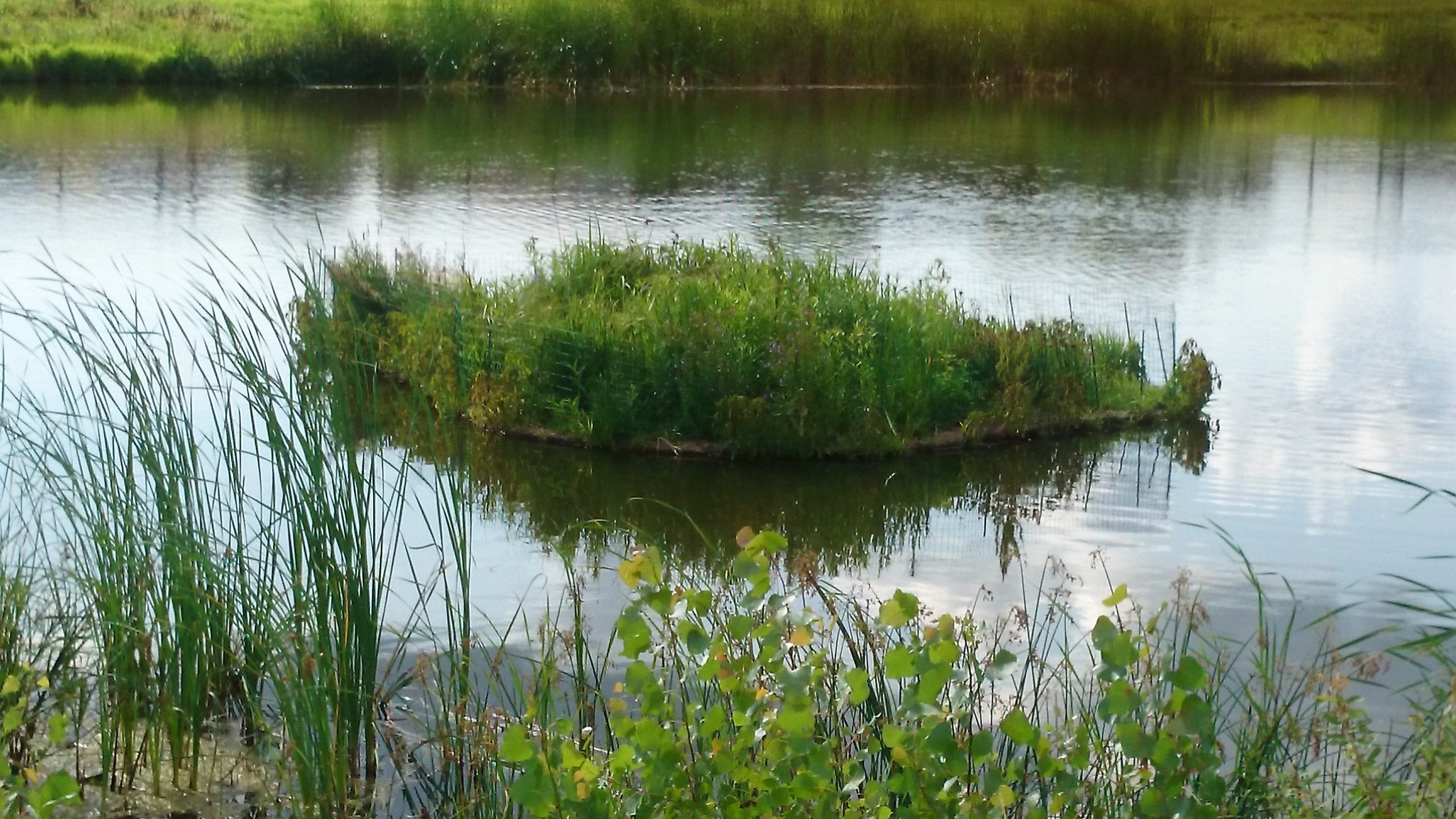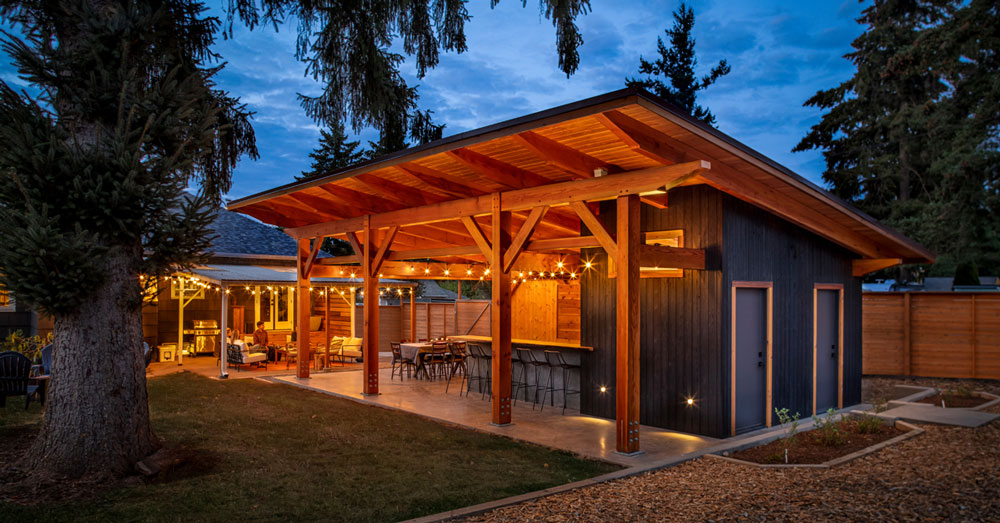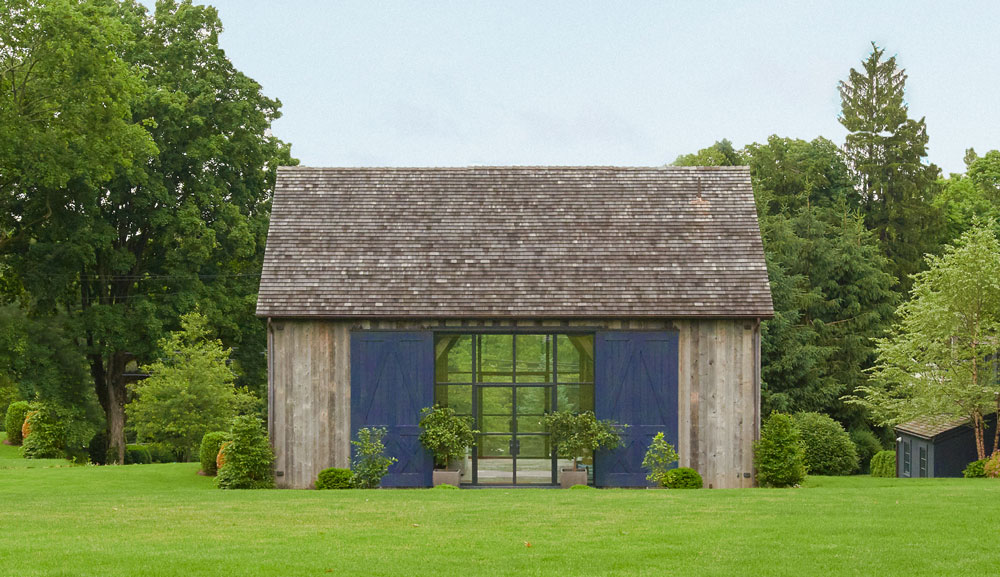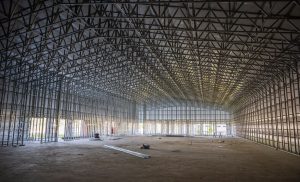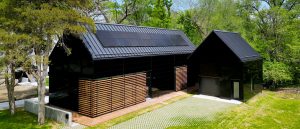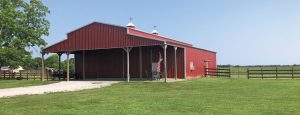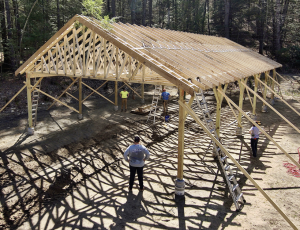By Jacob Prater
Inspiration can come in various ways and at different times; for some, it could be an elk hunt and a conversation, for others an herbicide label while looking at fish and frogs. Whatever your inspiration might be, learning to accomplish an important goal in a different way can be truly rewarding. Floating islands might just be that “different way” to accomplish your, or your client’s, goals. From private farm ponds to Lake Associations, golf courses, and public waters, floating islands have a place for beautification, shoreline protection, nutrient removal, and habitat. Georgia Web, maker of roof vent materials, branched out some time ago and started making a material that could be used to make floating islands. Now the option is out there for all kinds of clients to take advantage of the efficacy of floating islands.
There are several active companies working on design, construction, and installation of floating islands as well as add-ons to the floating islands to achieve more goals. Under the banner of Floating Island International are several companies whose territories cover the United States and North America. Floating Islands West, Floating Islands West Green Pond, Green Water | Floating Islands West is responsible primarily for the west coast and Canada, Martin Ecosystems http://martinecosystems.com/ covers the southern US, and Midwest Floating Island, https://midwestfloatingisland.com/ services the Midwest and Northeast US. All of these companies offer quality products, design and customer service, construction, and installation of floating islands.
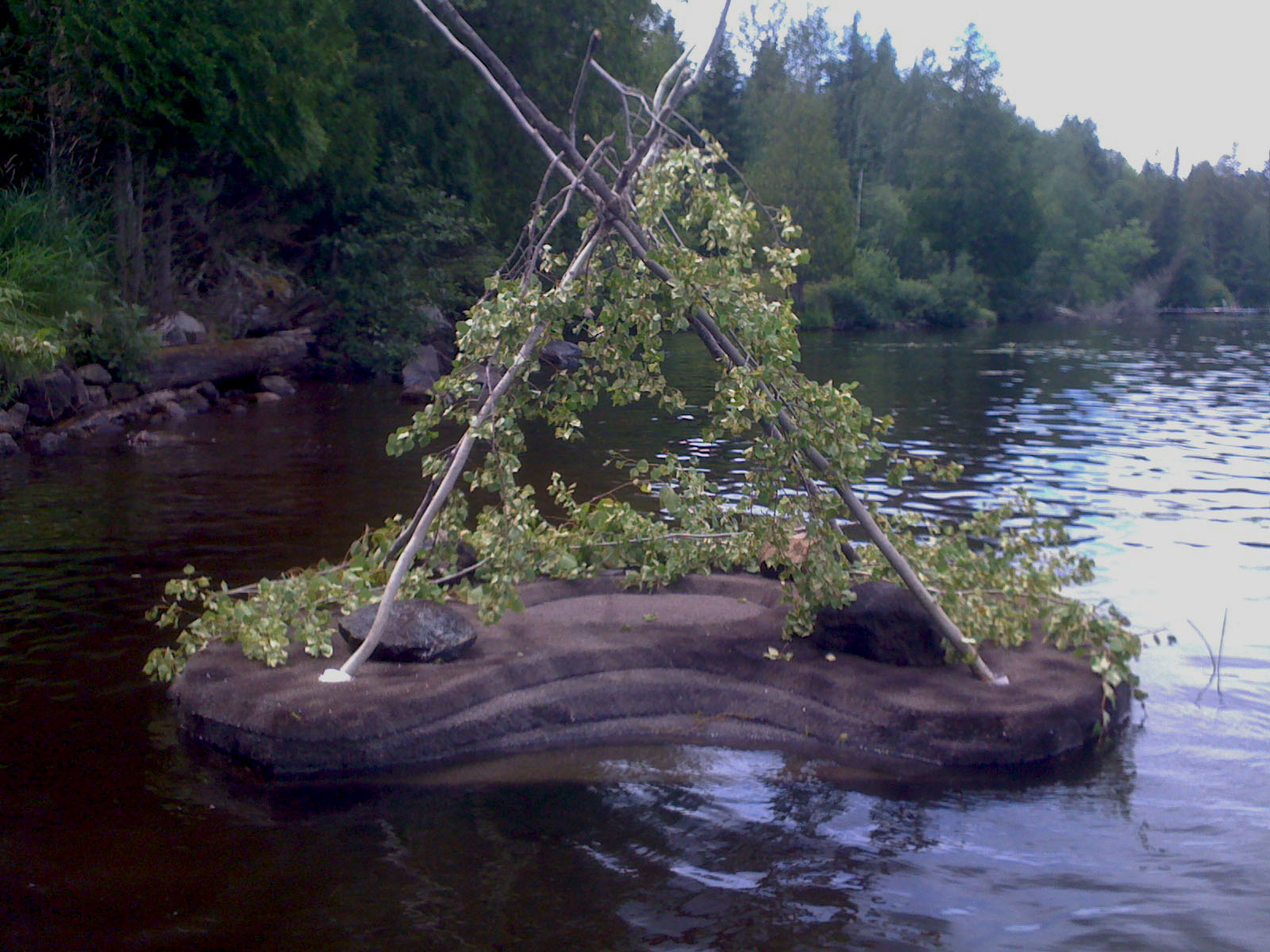
When considering a floating island solution, determining your goals is the first step. Of course there are a variety of goals that may be served with floating island installations, and some may be driven by passion while others might be filling requirements, such as mitigation or remediation (around mining and developments). After determining those goals any of the three companies mentioned above can help you with design choices, options, and construction/installation. Oftentimes some water sampling or assessment of the site around the water body might be helpful to assess how best to achieve your, or your client’s, goals with a floating island installation.
Reflecting on how he got into the floating island business, Laddie Flock remembers being a design and build contractor making water features when he had the realization that some of what he was doing was causing harm to aquatic ecosystems. For Laddie, it was the chemicals and their introduction into the water affecting fish and amphibians that bothered him. Around the same time a call came in from a customer who wanted a floating island. Good timing and a helpful organization (Floating Island International) led to the development of what is now Floating Islands West LLC.
The goals for Laddie’s clients are not different than they used to be — clean, clear water — but the methods have changed. Laddie has a variety of clients, including municipalities, home-owners associations, and private citizens that he helps to achieve those clean, clear water goals with floating islands. The outcomes of the use of floating islands can be dramatic and include everything from habitat development for birds, fish, and amphibians to nutrient removal from – and increased oxygenation of – the water. With well-defined goals any of the aforementioned floating island companies can help you design, build, and install a project that will clean up the water, provide habitat, and improve aesthetics.
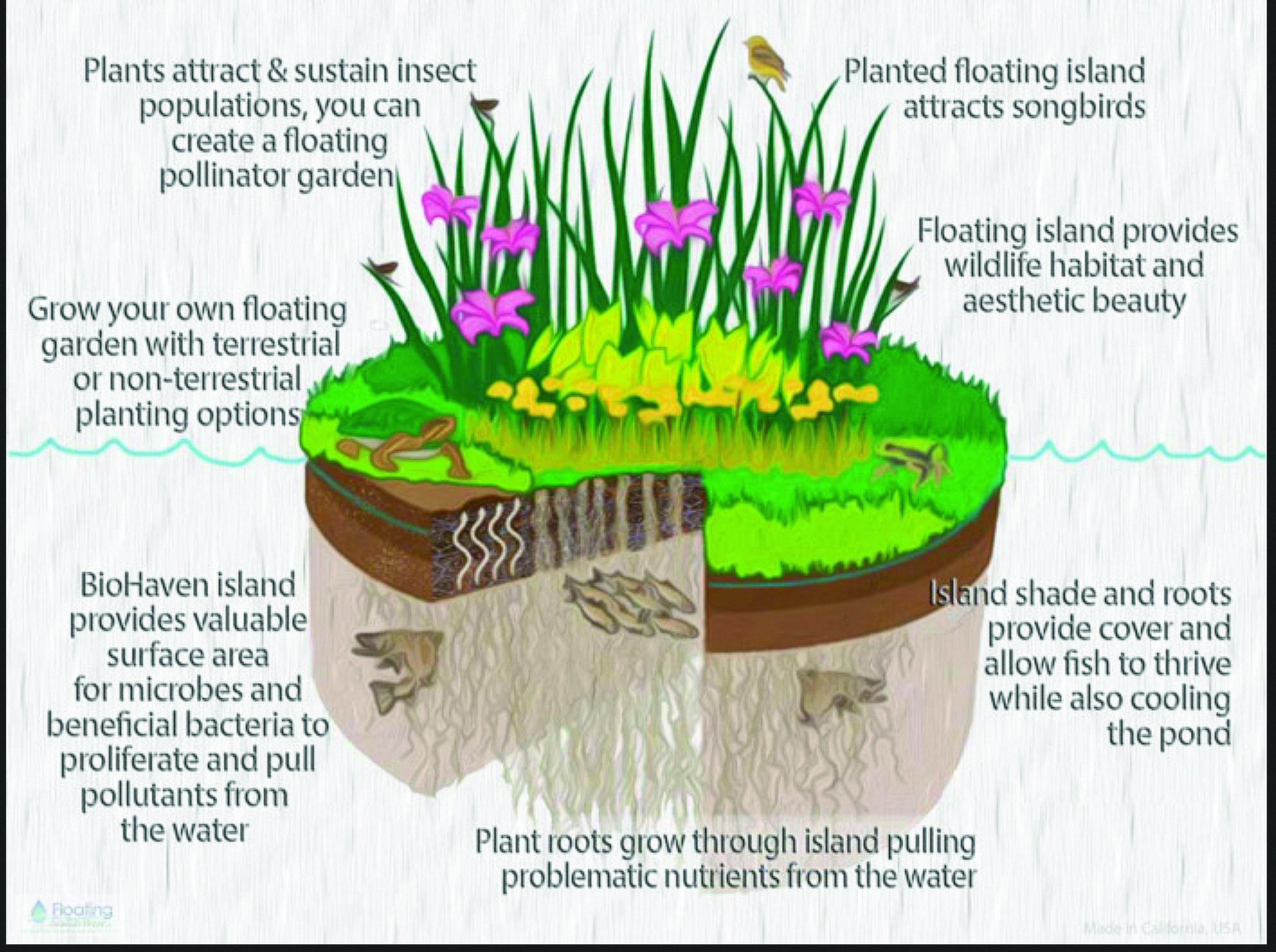
It is a common problem in rural areas around agriculture that sediment and nutrients may enter lakes and ponds from runoff and erosion. However, it isn’t limited to this type of environment; it can occur in subdivisions and on golf courses as well. Any place sediment and nutrients are entering a lake or pond, a floating island solution can be devised to help mitigate the problem and clean the water. With an influx of nutrients and sediment, the result is large amounts of algal growth and die-off leading to low oxygen levels and mucky bottoms in lakes and ponds. This is less than ideal for fish populations, not to mention the impact it has on aesthetics. A solution that blocks sediment, removes nutrients, and increases oxygenation is needed.
An ideal set up for a farm pond or small lake might involve several small floating islands that can be rafted together and placed where spring runoff might enter the water. Later they can be separated for the remainder of the growing season. This method can help reduce sediment entering the water column (when rafted together in the spring) and then later optimize the nutrient uptake and oxygenation of the water when separated. A bonus here is enhanced fish and waterfowl habitat; the multiple island locations provide cover for small fish and a nesting site for waterfowl throughout the growing season.
If there is a problem with shoreline erosion, floating islands can be configured as strips along shorelines to reduce it in high wave or wake areas. These strips could be modular and mobile or more permanent depending on seasonal needs and goals. With these shoreline protection installations where there is heavy wave action, extra care needs to be taken with anchoring systems to ensure the security of the islands.
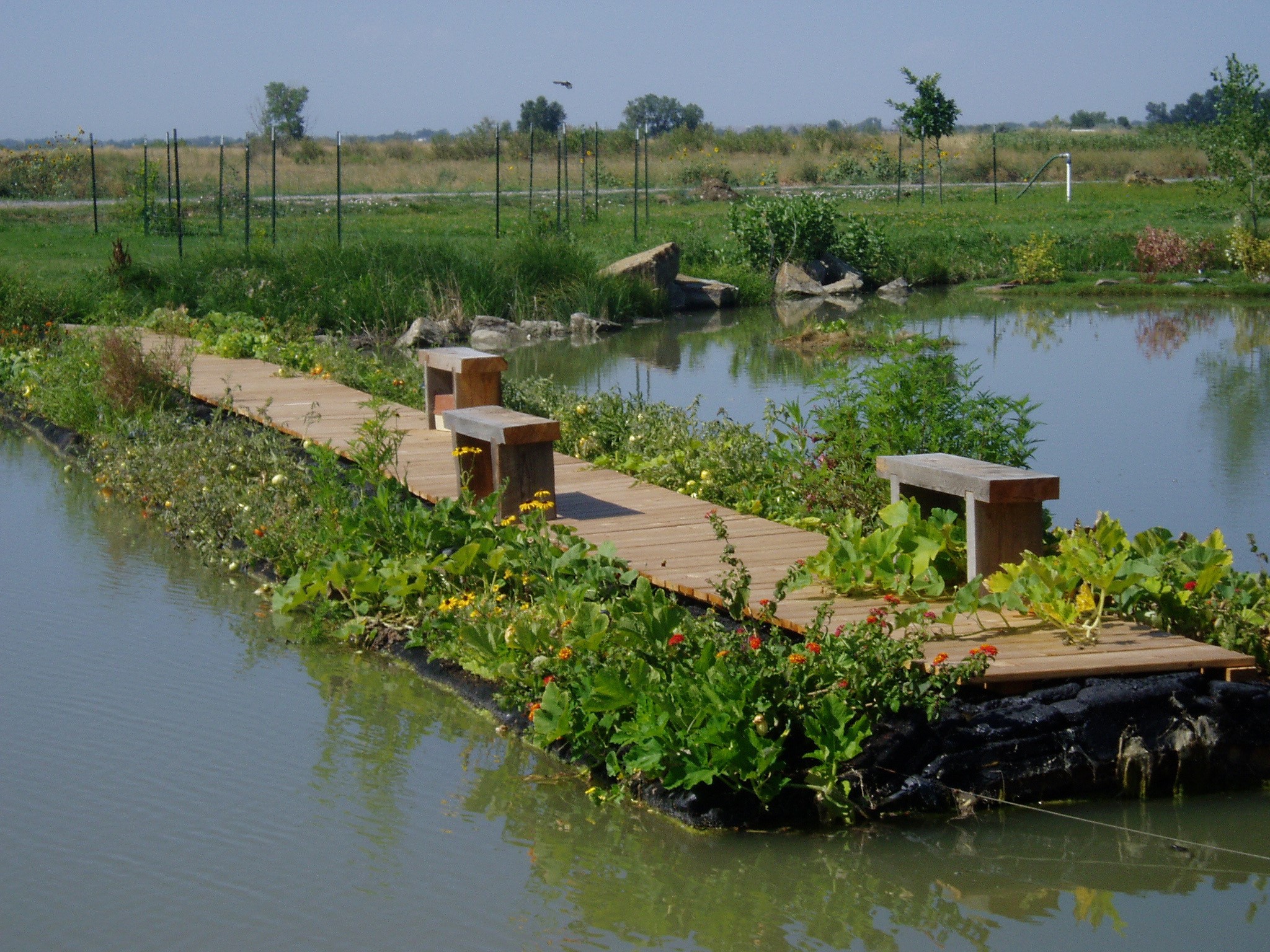
If waterfowl habitat is a primary concern then multiple small islands may be ideal. This approach has been used successfully for Loon habitat in the northern Midwest. For enhanced fish habitat, several small islands are ideal as well with the goal being to maximize the amount of “edge” (land to water) throughout the lake or pond. With long roots dangling into the water, excellent cover is provided for small fish. When the goal is habitat, there needs to be at least 3 feet of water for the plant roots to be suspended and give maximum benefit.
If you simply like the look or want to enhance the aesthetics of a particular place, floating islands can help here as well. The same materials used in the island concept can be incorporated into floating docks and along piers. This can add color, texture, and even flowers to the landscape and could be an ideal choice for Lake Associations, golf courses, public parks, and private lands.
In all of these applications, “It’s all about biomimicry,” according to Laddie Flock. “We pay close attention to natural floating islands and then try to replicate their effects.” Laddie and others do this by selecting plants that already exist on natural floating islands, cut banks, and shorelines and matching them with the desired outcomes. Varieties of rooting systems will extend deeper in the water and provide cover for fish and food for various aquatic organisms. Some plants are also hyper accumulators (they take up lots of something) of certain contaminants such as heavy metals or nutrients. This effect of hyper accumulation can be a boon for remediation situations and farm ponds with too many nutrients in them. It isn’t all about plants though. The primary organisms removing nutrients or toxins are the multitude of microorganisms that colonize the roots and matrix material of floating islands.
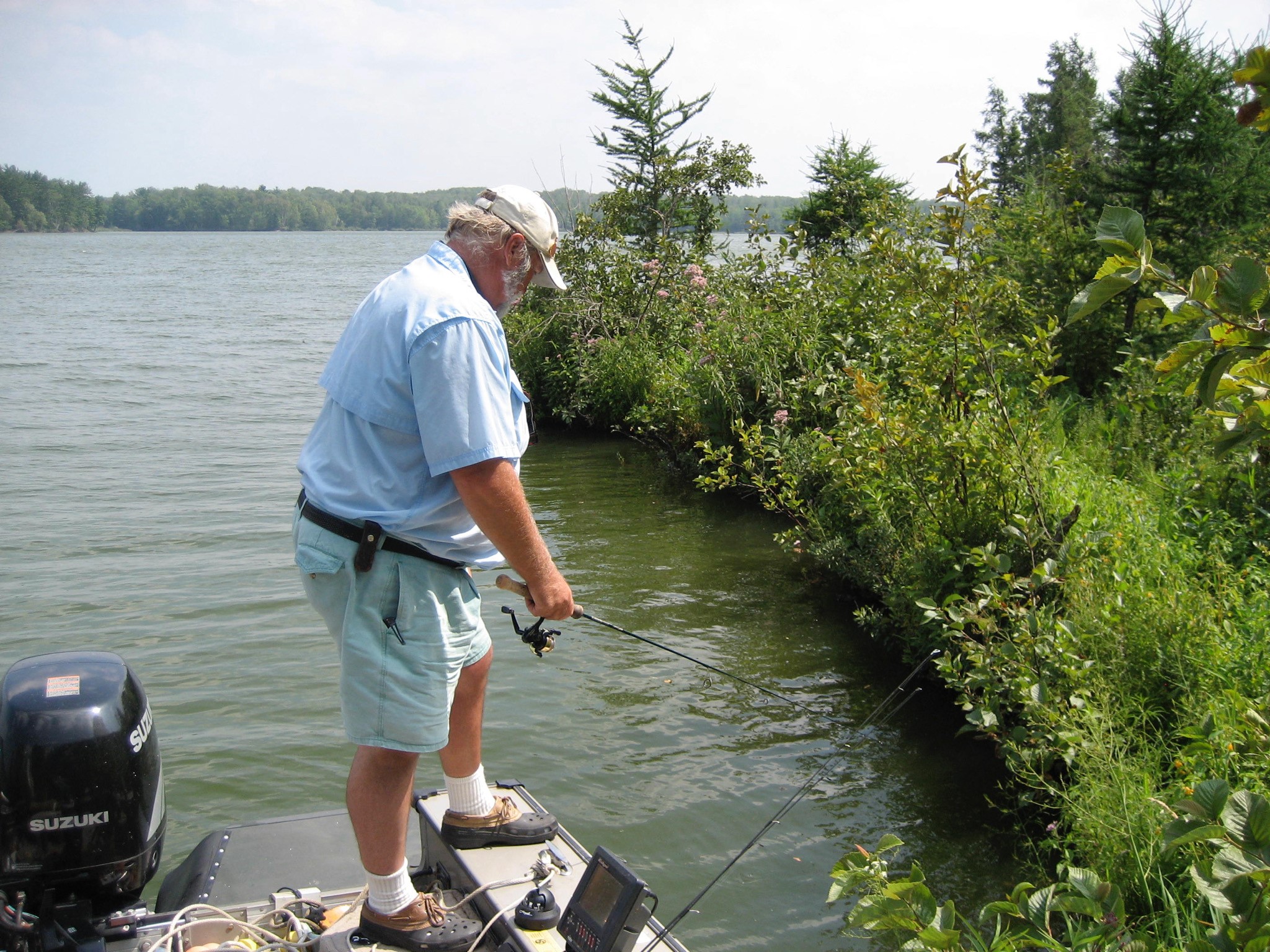
For all applications, plant selection is critical to success and should be geared to the climate and location that floating islands will be deployed in. Any of these floating island
companies can help you choose what fits for your project and desired outcomes. In addition to design and plant selection, there are some add-ons that can enhance the effectiveness of floating islands for a variety of goals. These add-ons include aerators (solar or wind powered) and sediment control curtains. The addition of these add-ons can really help in highly impacted environments or in settings where there are regulatory requirements.
Once the design process is done, floating islands are easy to launch, move, and maintain. The primary challenges come from anchoring systems, but these challenges are minimal outside of coastal regions (think hurricanes) and high wave action waterbodies. Simply put, in most small lakes and ponds, establishing and maintaining islands is quick and easy. RB


